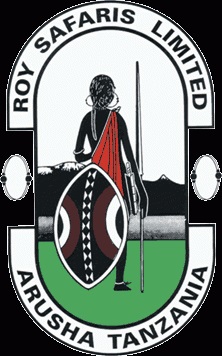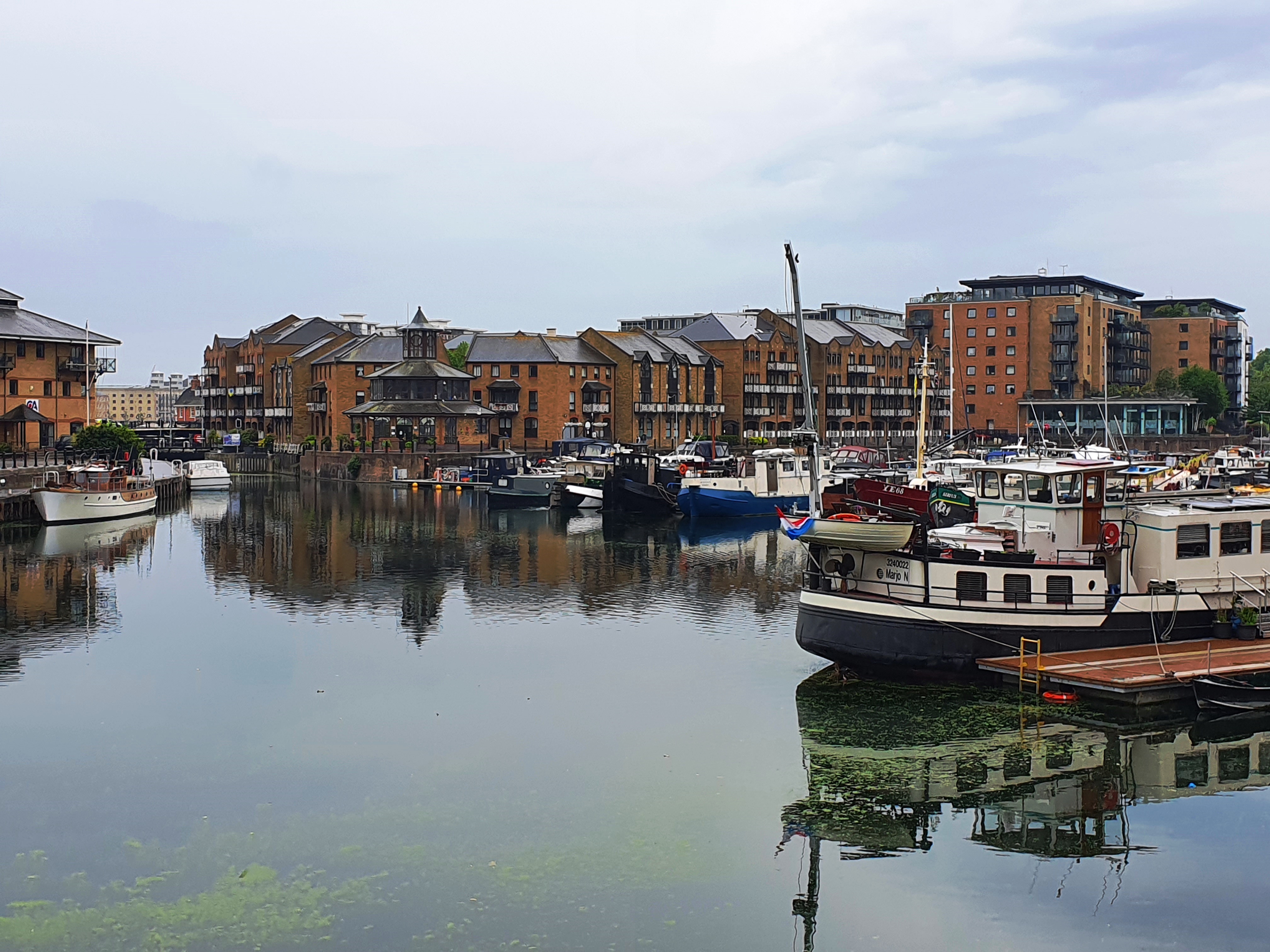
An exciting opportunity to discover a fascinating part of London’s docklands is being launched by one of the area’s leading tour guide groups.
Swahili Coast Foodie spoke to expert guide Andrew Parnell from East London on Foot about a new tour around the intriguing Limehouse district located in the borough of Tower Hamlets. This is one of a selection of two-hour guided walks to discover the layers of cosmopolitan culture and history in East London led by Andrew. His popular tours extend from the East End right through to the City of London where he worked for many years.
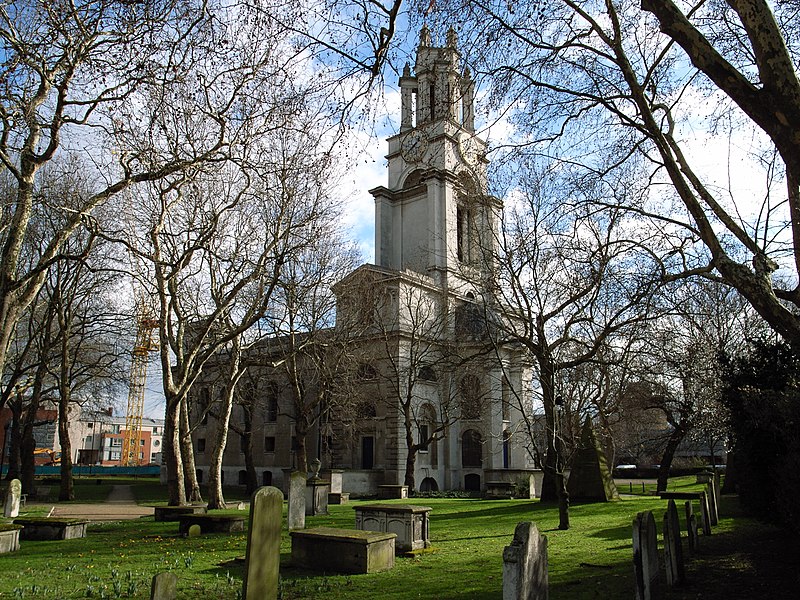
Why did you launch a Limehouse walk?
Limehouse is one of London’s ancient riverside hamlets and part of Docklands. It has a rich history which throws up many stories and is full of characters from sailors it attracted from around the world to legendary political figures. The area has wonderful buildings which reflect its maritime past, including some architectural gems. Limehouse has inspired fictional works by some of our leading authors. It has also given rise to sensationalised stories which for a time led to Limehouse having a worldwide, unjustified and slightly sinister reputation. In the present-day, it has become a vibrant area combining rich historical sites with our contemporary inner city and all alongside a striking part of the River Thames.
What and where are London’s Docklands?
The Docklands consist of the districts by the Thames in East London where docks were built during the 19th century, attracting shipping and industry which dominated the local economy for many years before going into sudden decline from the 1960s. The term ‘Docklands’ emerged during the re-development of dock areas during the 1980s.
What makes the Dockland’s districts special?
In Docklands you can find traces of centuries-old connections with the Thames and the sea sitting among the huge modern buildings that resulted from the regeneration that took place in the 1980s and 90s. Walkers on this tour have the chance to get a sense of an area where once nearly all the people’s lives were dominated by shipping whereas now it has transformed into a modern, urban environment with its own special character.
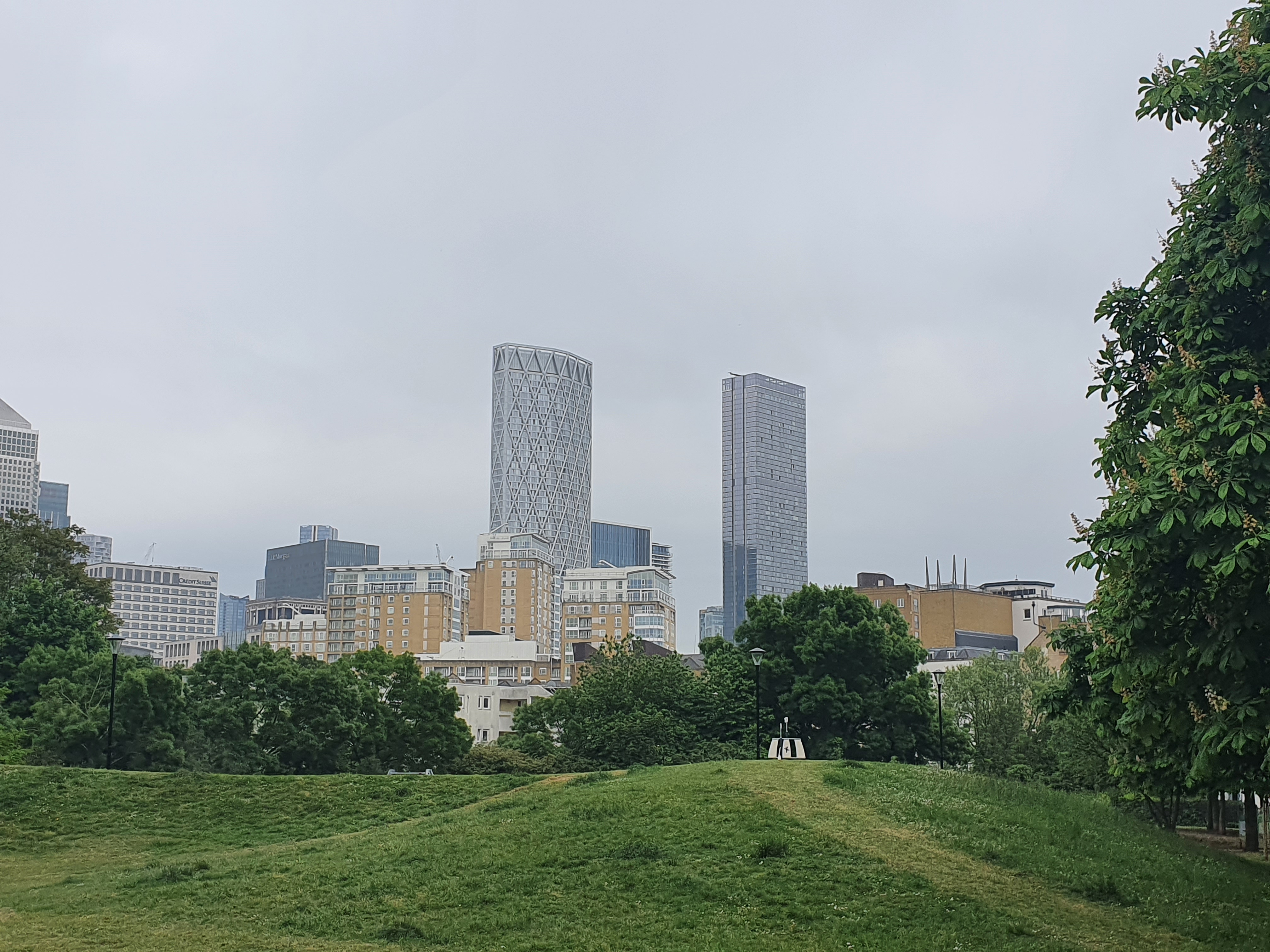
What kind of places does the walk feature?
The walk features buildings and sites which throw light on Limehouse and its people – past and present. We explore roads, the river, a park; docks, warehouses and a historic railway. The tour stops at a Grade 1-listed church, historic riverside houses; and offers fine river views along the way.
What is the most unusual sight?
A contemporary statue of a man standing on a post emerging from the River Thames!
How long is the walk?
The walk covers almost 2.5 miles at a leisurely pace over two hours with plenty of stops along the way.
How often do the tours run?
I aim to do the tours at least once a month. Check the website for times and details. If you have a group of 6 or more, you can contact me via the website and we can try and find a mutually convenient date for your group alone.
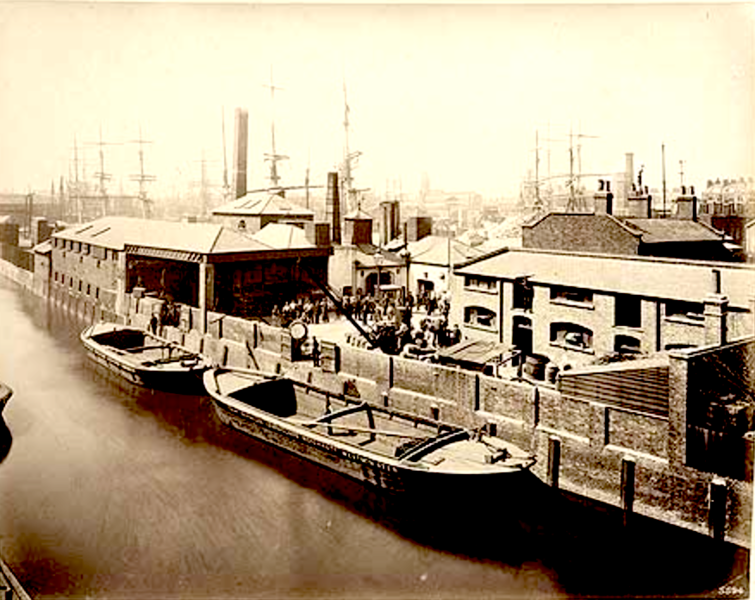
Can you bring a dog?
Certainly. You might want to keep the dog on a lead to make sure it doesn’t go swimming in the dock.
What happens in wet weather?
I’ll go ahead whatever the weather, unless everyone who turns up wants to give it a miss. In that case I’ll offer to do a replacement walk at a later date. If it rains during a walk, I try to find shelter at the stops but that isn’t possible everywhere, so check the forecast and bring an umbrella if rain is expected.
What local attractions are worth discovering after the tour?
The Museum of London Docklands, based in nearby West India Quay, is a great place to find out more about the history of the River Thames and the the growth of Port of London.
Any suggestions for places to eat and drink?
The Narrow is a Gordon Ramsey gastropub that started life as the harbourmaster’s house. By contrast, the Yurt Café is a social enterprise eatery with an all day menu and an ideal place to visit at the end of the walk.
Where do the tours start?
Westferry DLR station. Several buses also stop at Westferry DLR Station, including the 135 from Liverpool Street, Aldgate East or Canary Wharf. You can also take the D3 or D7 from Canary Wharf. The 15 from Liverpool Street and Aldgate East and 115 from Aldgate East stop nearby with Burdett Road being the nearest stop to Westferry Station.
Visit www.eastlondononfoot.com for more details
Picture credit: Top image by Swahili Coast Foodie










